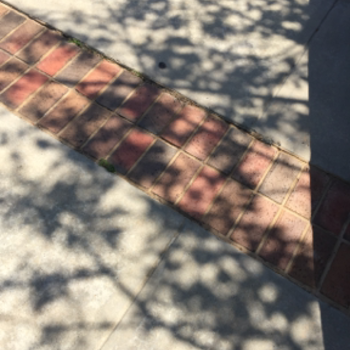Let
#y_0 =# initial height
#R= #range
#v_0# = initial velocity
#theta#= launching angle of the projectile.
A)
When the projectile is landed, y=0. And If the initial height is doubled, then
#0 =2 y_0 +v_0sintheta*t - 1/2g t^2#
#rArrt =( v_0sintheta +-sqrt( (v_osintheta)^2+8gy_0))/g#
#R= V_(0x)t=V_0costheta (( v_0sintheta +-sqrt( v_o^2sin^2theta+8gy_0))/g ) #
Technically, you can solve for #y_0# if R is known from the equation above, thus answering your part vice versa part# of your question.
Or you can do the following.
B) If you double R instead, it means R is a given.
# v_(0x) = (Deltax)/(Deltat) rArr v_0costheta = (2R)/t#
# t= (2R)/(v_0costheta)#
Again when the projectile landed, y=0
#0=y_0 + v_0sintheta*t-1/2g t^2#
#y_0= v_0sintheta((2R)/(v_0costheta))-1/2g((2R)/(v_0costheta))^2#
#y_0=2R(tantheta-(gR)/(v_0^2cos^2theta))#

